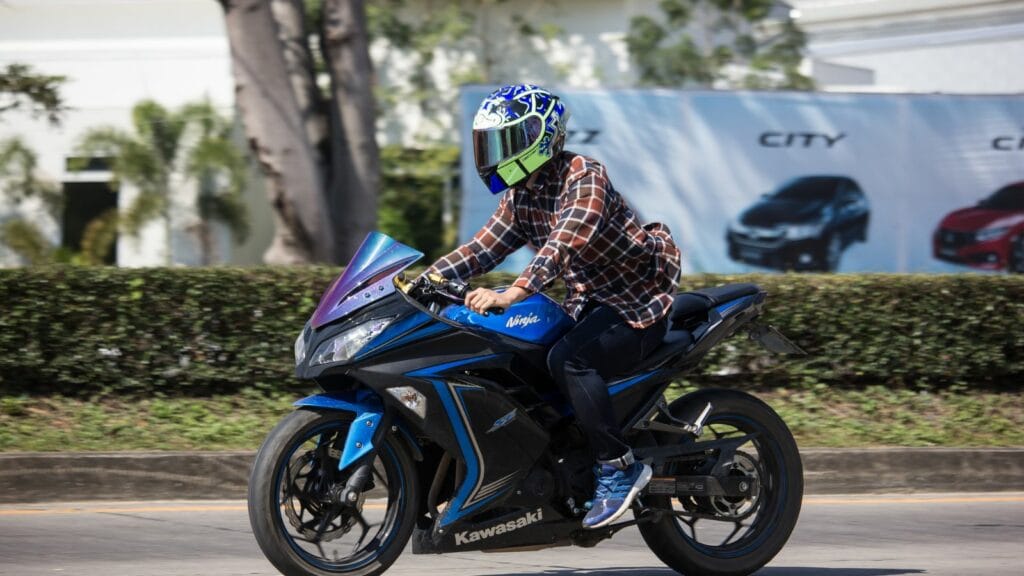Only a few motorcycles can claim to have design, engineering, and resilience that can stand the test of time. These are legends that have etched their names into the history books. Here are 21 such motorcycles:
Harley-Davidson Model J (1915)
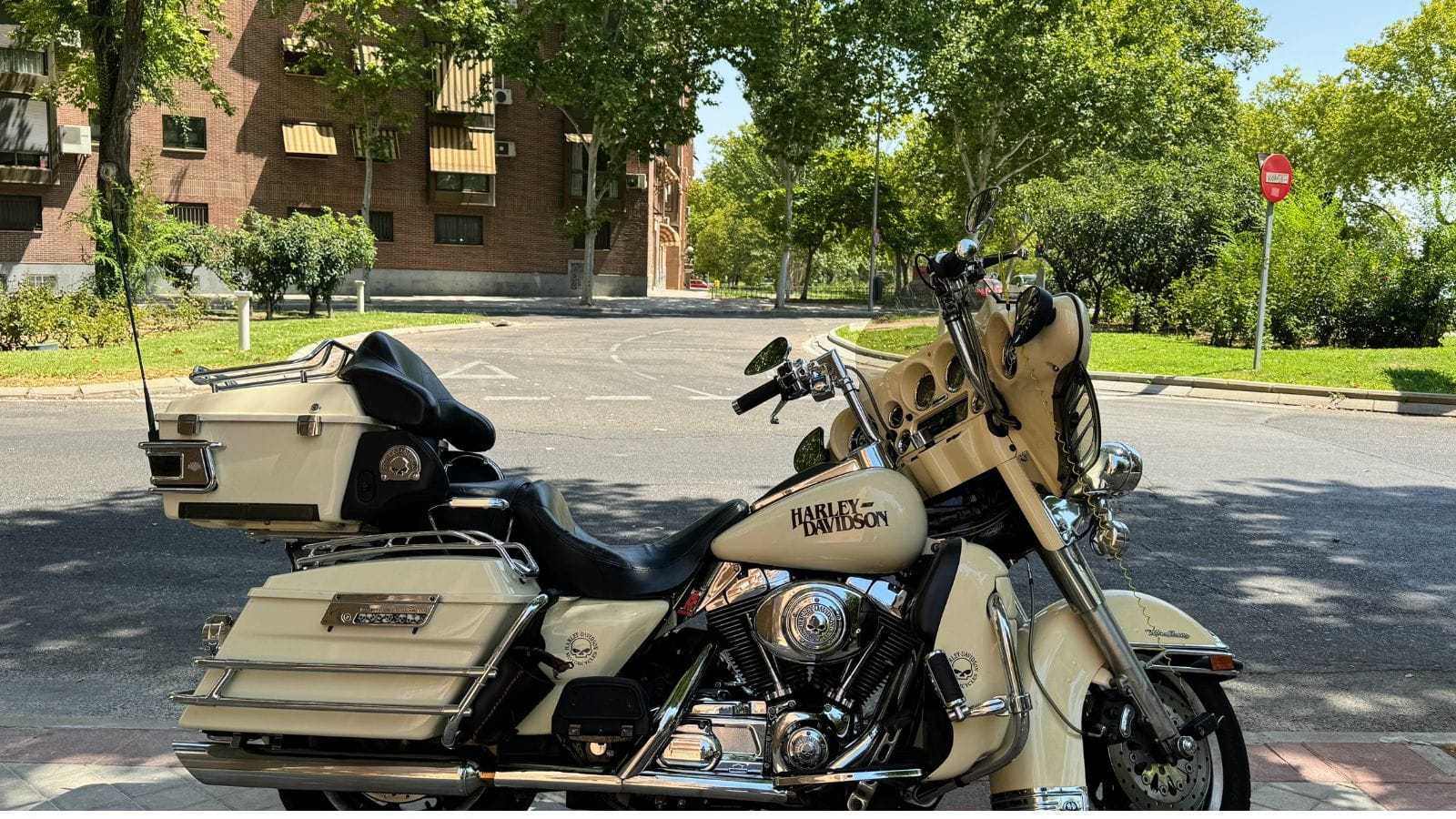
Designed by William S. Harley, the Model J was one of the best production motorcycles of its era. The 989cc V-twin engine provided reliability and performance that no motorcycle could compare with at the time. Although the 0 to 60 mph acceleration time was only 20 seconds, it set the basis for Harley-Davidson’s legend. The bike also had an advanced three-speed transmission that quickly made the bike popular worldwide among police forces and military units.
Indian Scout (1920)
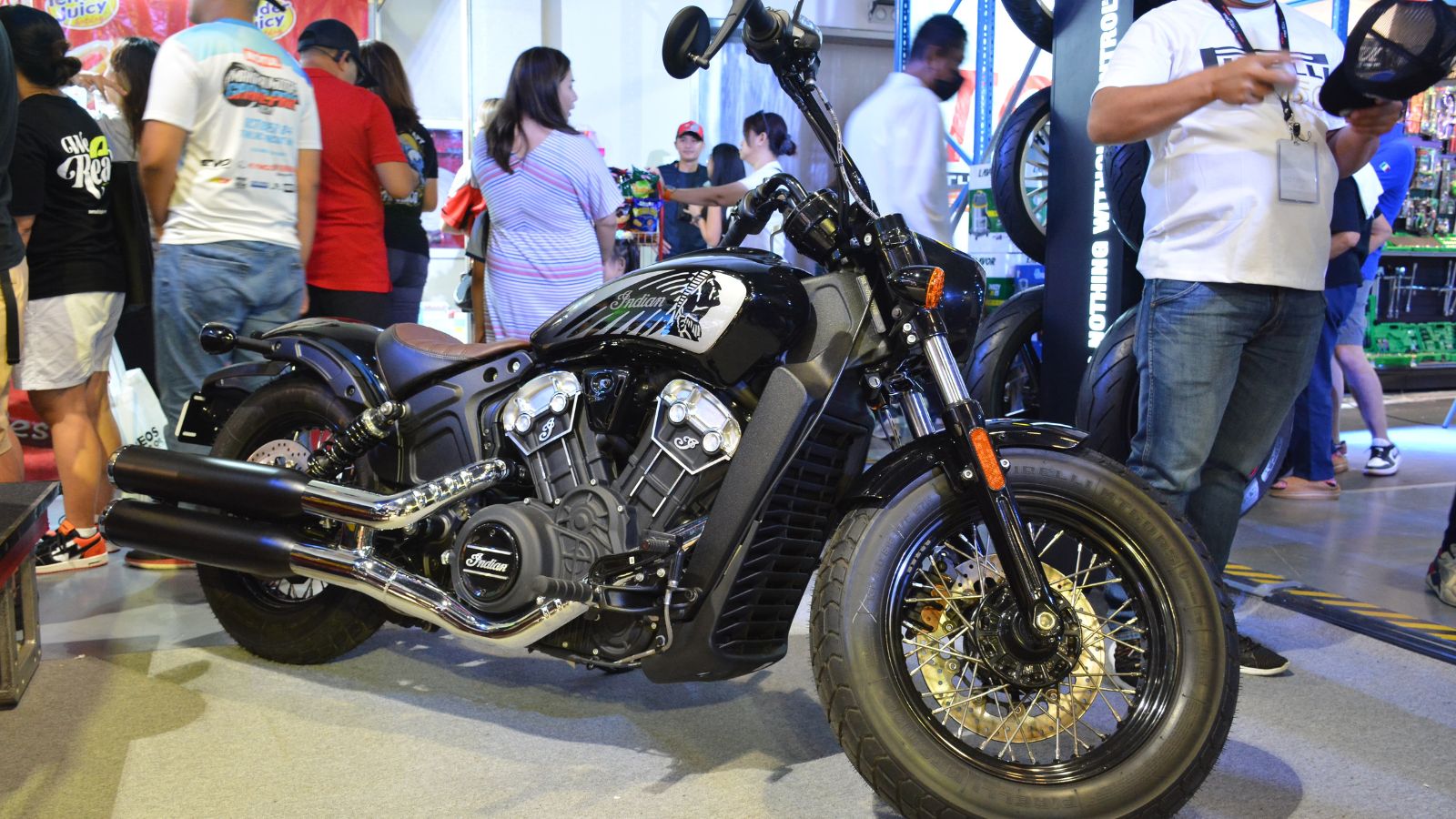
The Indian Scout, designed by Charles Franklin and launched in 1920, was instant gold. With a 606cc V-twin engine, its low-slung, streamlined design captured the imaginations of all riders. Its 0 to 60 mph takeoff time was 14 seconds. However, the Scout was known primarily for its solidity in cross-country endurance races to prove its endurance under severe test conditions.
BMW R32 (1923)
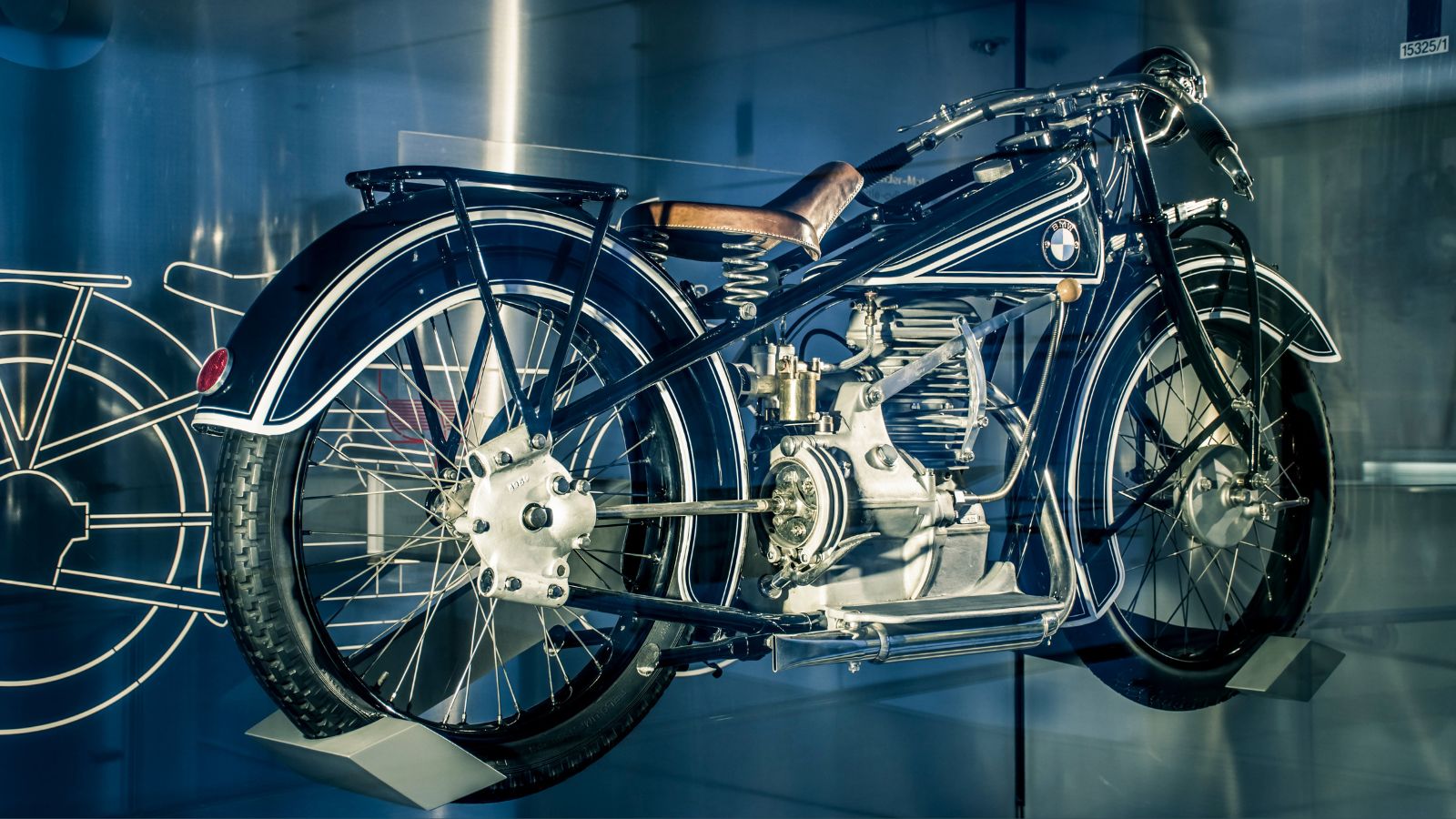
This is the 1923-introduced BMW R32, designed by Max Friz, marking the company’s introduction into motorcycle manufacturing. It had a 494cc flat-twin “boxer” engine, which would become the brand’s hallmark. The R32’s minimalist design was both functional and elegant. It could accelerate from 0 to 60 mph in about 12 seconds, a remarkable feat for its time. The R32 featured a shaft drive system, ensuring the cleaner and less maintenance of the chain drive option.
Norton Model 18 (1923)

The Norton Model 18 rolled off the lines in 1923. It was a solid performer on a 490cc single-cylinder engine. Its frame was straight, and its tank was polished. It was a beautiful vintage bike, capturing purists’ imagination. The time required to accelerate to 0 to 60 mph stood at around 13 seconds, marking it as quite a performer of its era.
Brough Superior SS100 (1924)
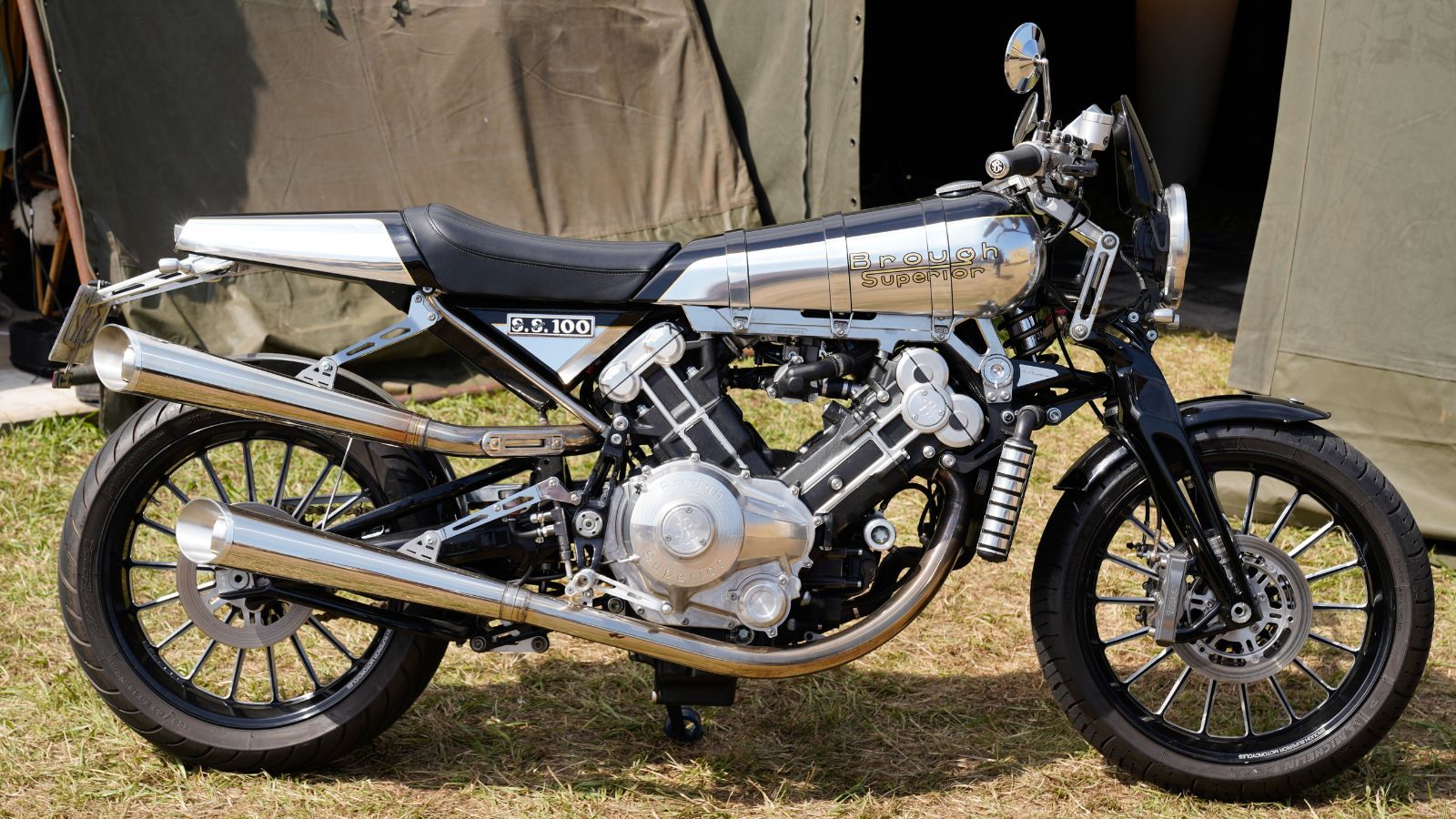
Designed by George Brough and first marketed in 1924, the Brough Superior SS100 earned the title “The Rolls-Royce of Motorcycles.” Its 998cc V-twin engine was custom-tuned for power and reliability. Luxurious chrome and nickel finishes make the SS100 a work of art. This motorcycle could hit 0 to 60 mph in 8 seconds; it was one of the fastest motorcycles of its time and is highly sought after by collectors today. Each SS100 was hand-built to order, and no two were alike, adding to the exclusivity.
Harley-Davidson EL “Knucklehead” (1936)
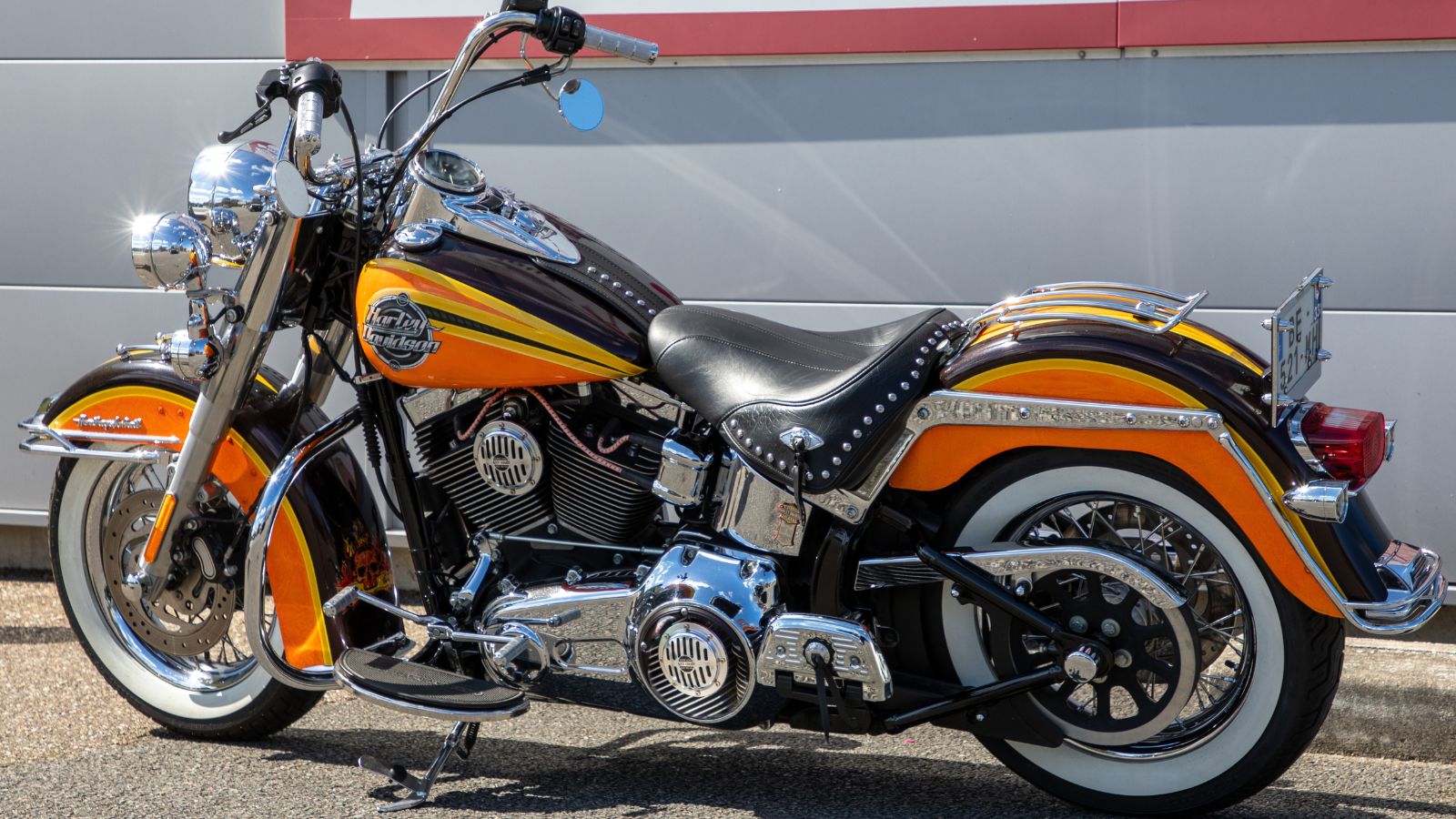
The Harley-Davidson EL, popularly known as the “Knucklehead,” was unveiled in 1936, when the brilliance of designer Bill Harley first came to light. Its overhead-valve V-twin engine of 61 cubic inches (1000cc) revolutionized the motorcycle arena. The characteristic round lines and tear-drop gas tank added a benchmark to the motorcycle’s aesthetics. The Knucklehead could accelerate from 0 to 60 mph in approximately 11 seconds. The model also featured a recirculating oil system that significantly improved the engine’s longevity, making it the favorite of long-distance riders.
Triumph Speed Twin (1938)
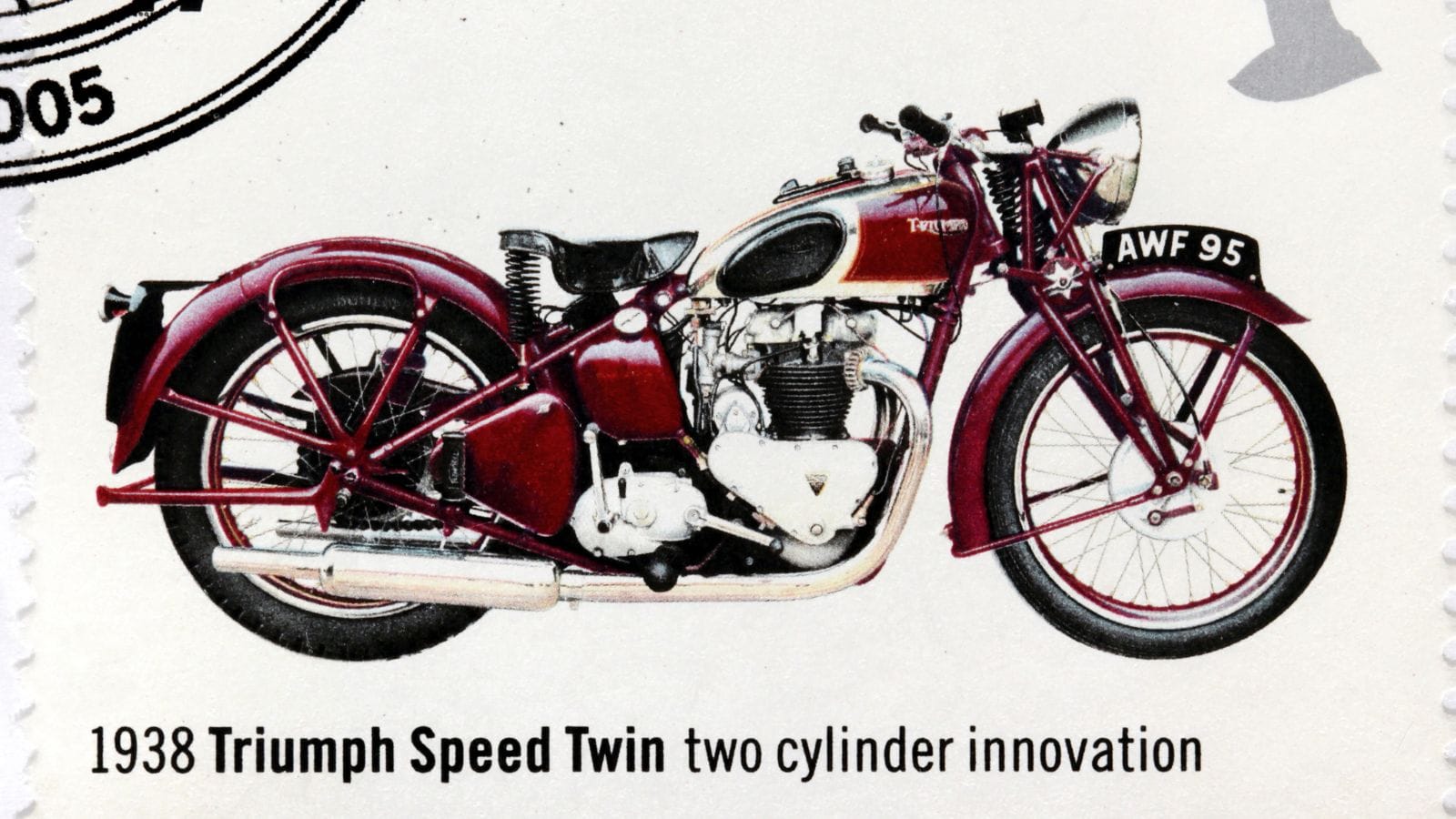
Edward Turner designed the Triumph Speed Twin in 1938, which became the new definition of the motorcycle industry. The 500cc parallel-twin engine became the benchmark for twin-cylinder bikes. It was quick for its day, with a 0 to 60 mph time of approximately 10 seconds.
Vincent Black Shadow (1948)
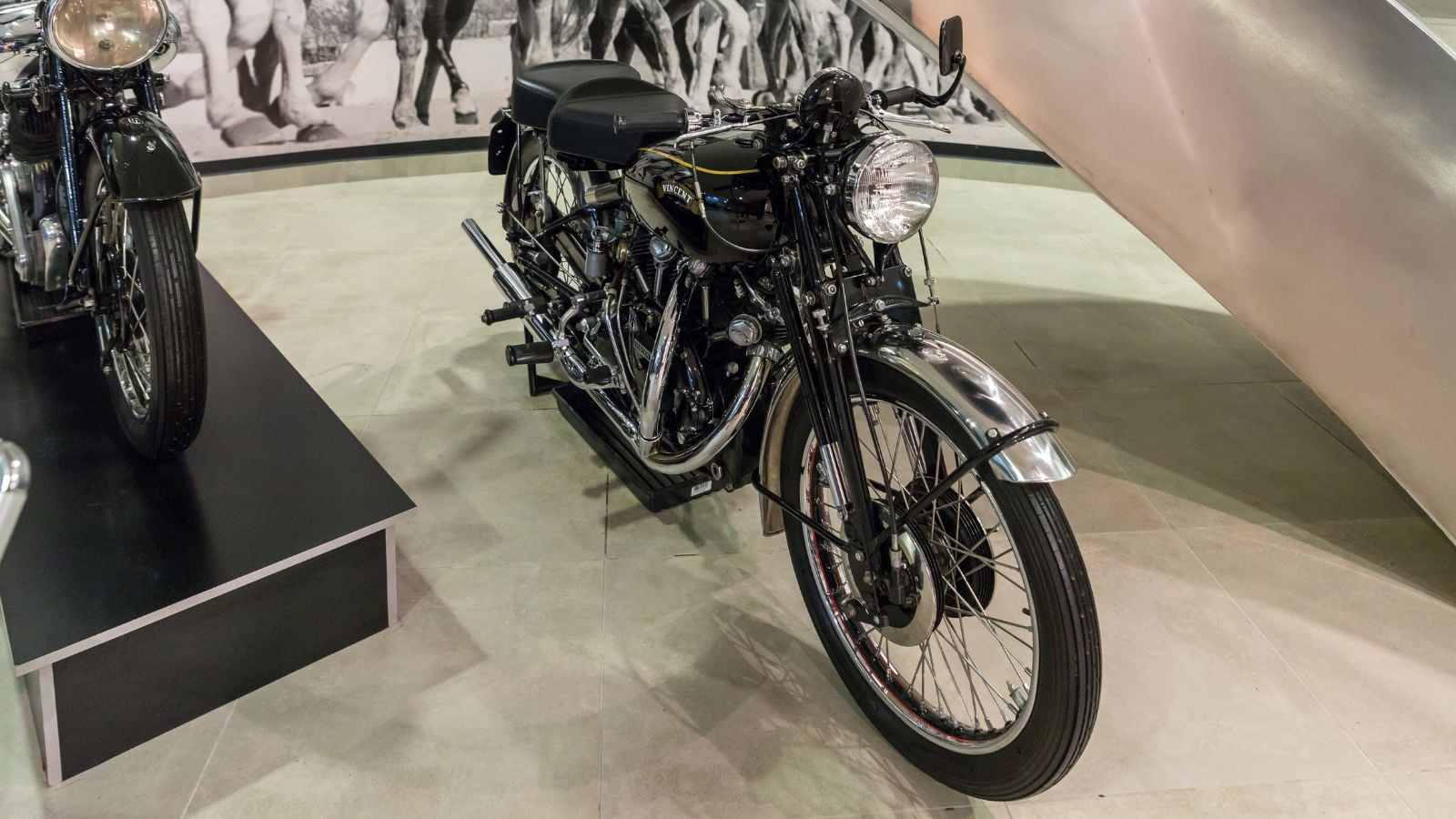
The Vincent Black Shadow, released in 1948 and designed by Philip Vincent, is often described as one of the most significant motorcycles ever built. The 998cc V-twin engine had power as good as most cars back then. The Black Shadow was a beautiful and menacing piece of work in its all-black finish and huge size. It had a top speed of 125 mph when most vehicles struggled to hit 70. The 0 to 60 acceleration at just 6.8 seconds turned it into a performance icon.
Honda Super Cub (1958)
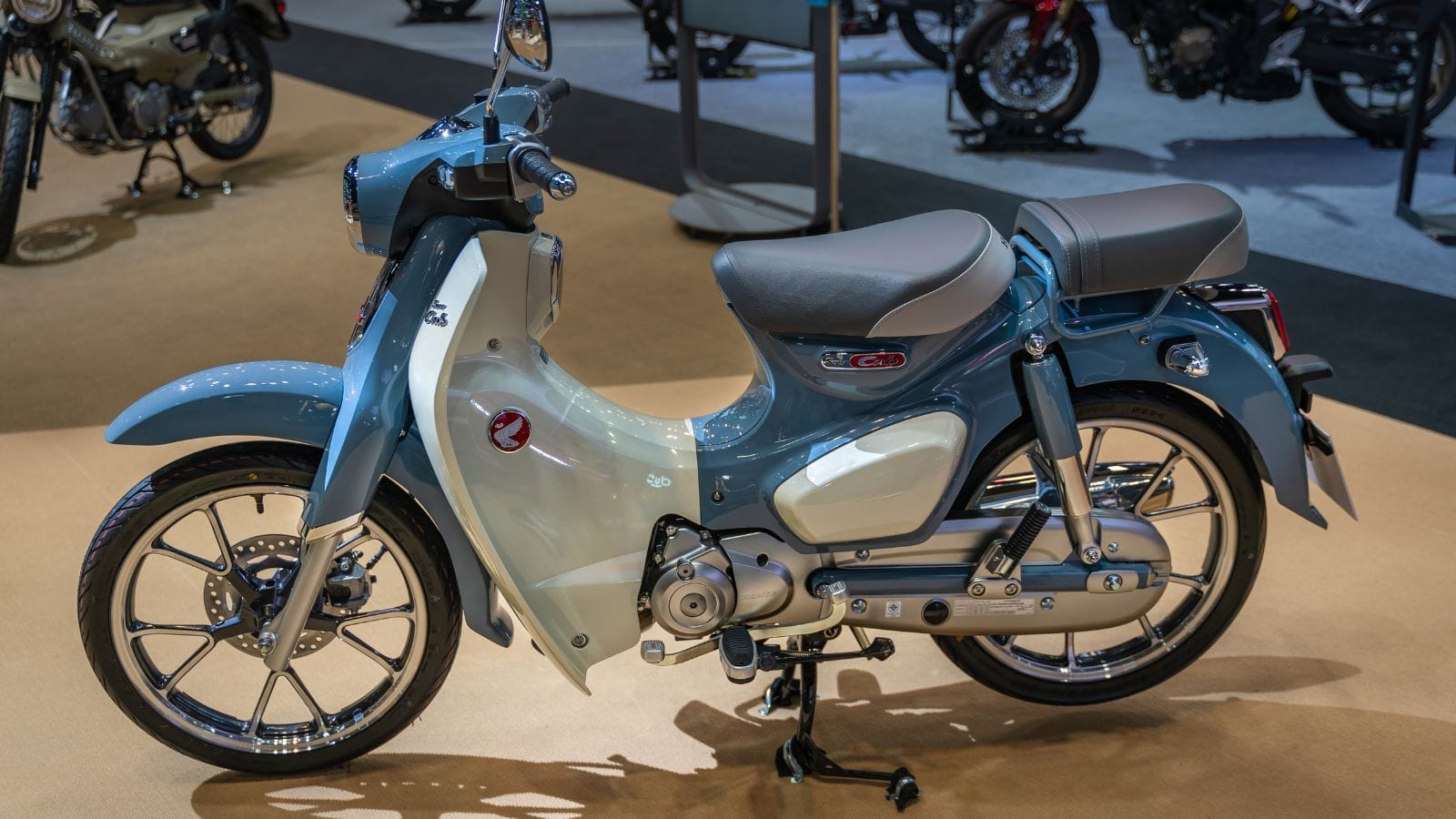
Soichiro Honda and Takeo Fujisawa introduced the Honda Super Cub to the market in 1958, becoming the most mass-produced motor vehicle ever. With a 49cc single-cylinder, it sold simplicity and economy. The step-through frame on the classic Super Cub would carry a protection front shield open to all to ride. Its versatility made it a favorite among commuters and delivery riders across the globe.
Royal Enfield Bullet (1948)
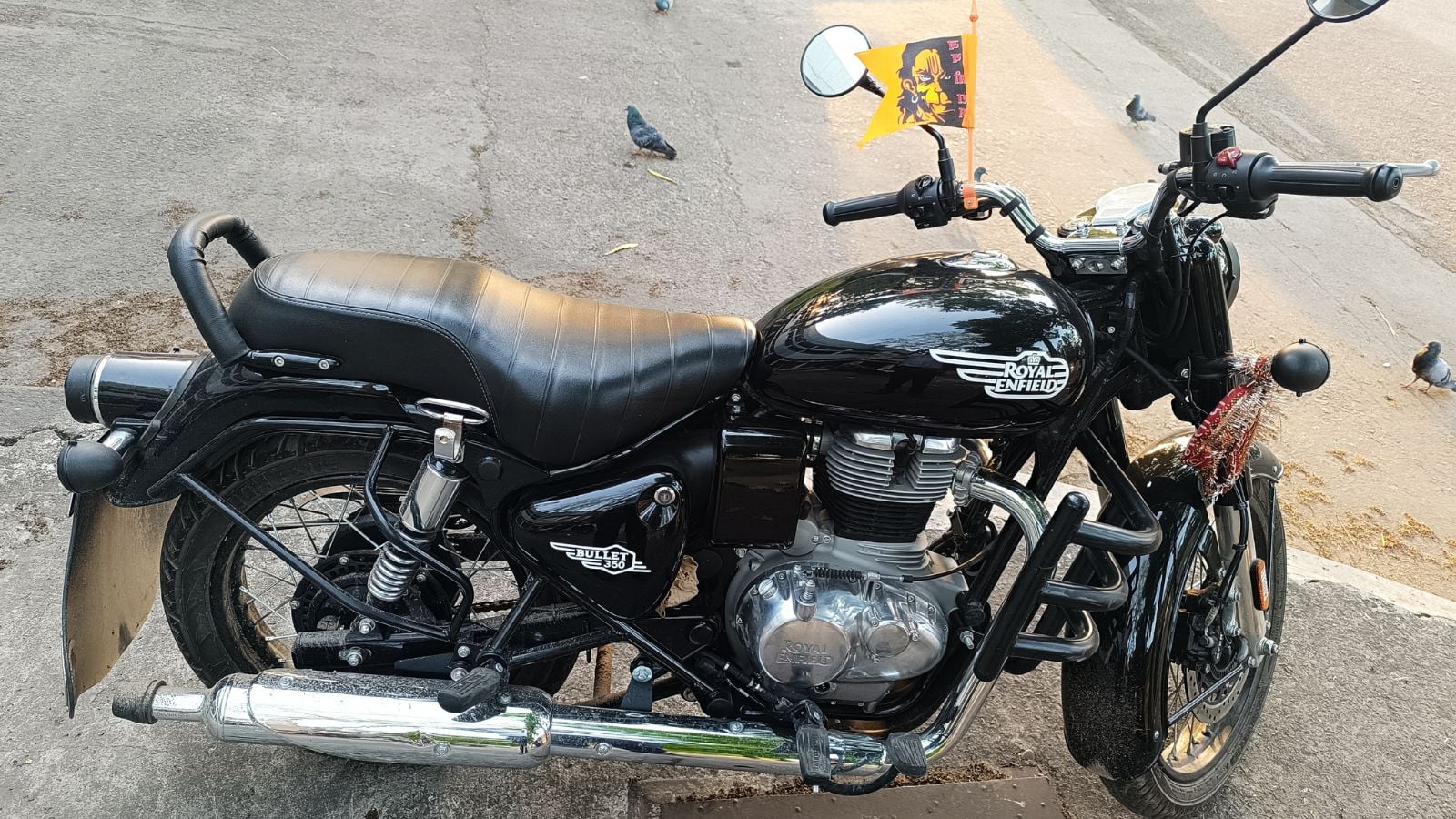
The Royal Enfield Bullet was introduced in 1948. Tony Wilson-Jones designed the 346cc single-cylinder engine that became synonymous with rugged reliability. The classic retro looks, with a rounded fuel tank and chrome accents, remain virtually unchanged even after decades. Its thumping exhaust note earned it a cult-like following among riders who crave character in their machines. It can go from 0 to 60 mph in around 12 seconds.
Ducati 750 SuperSport (1972)
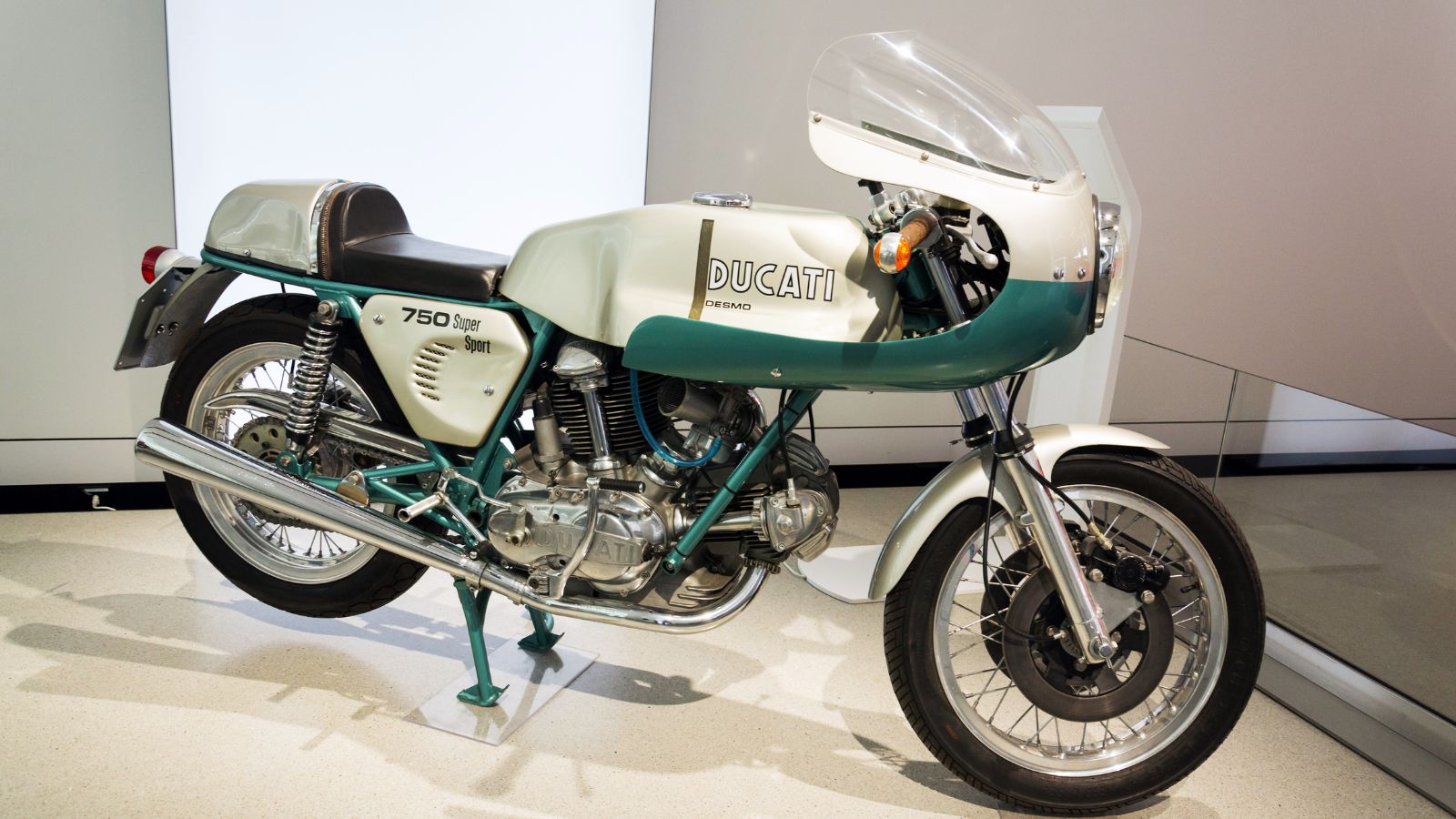
Fabio Taglioni designed the Ducati 750 SuperSport, launched in 1972 and became a legend overnight. Its 748cc L-twin engine, sleek aerodynamics, and iconic silver and blue colour scheme made it stand out. The bike earned its racing credentials at the Imola 200, securing its place in motorcycle history. It could accelerate from 0 to 60 mph in just 6 seconds.
BMW R80G/S (1980)
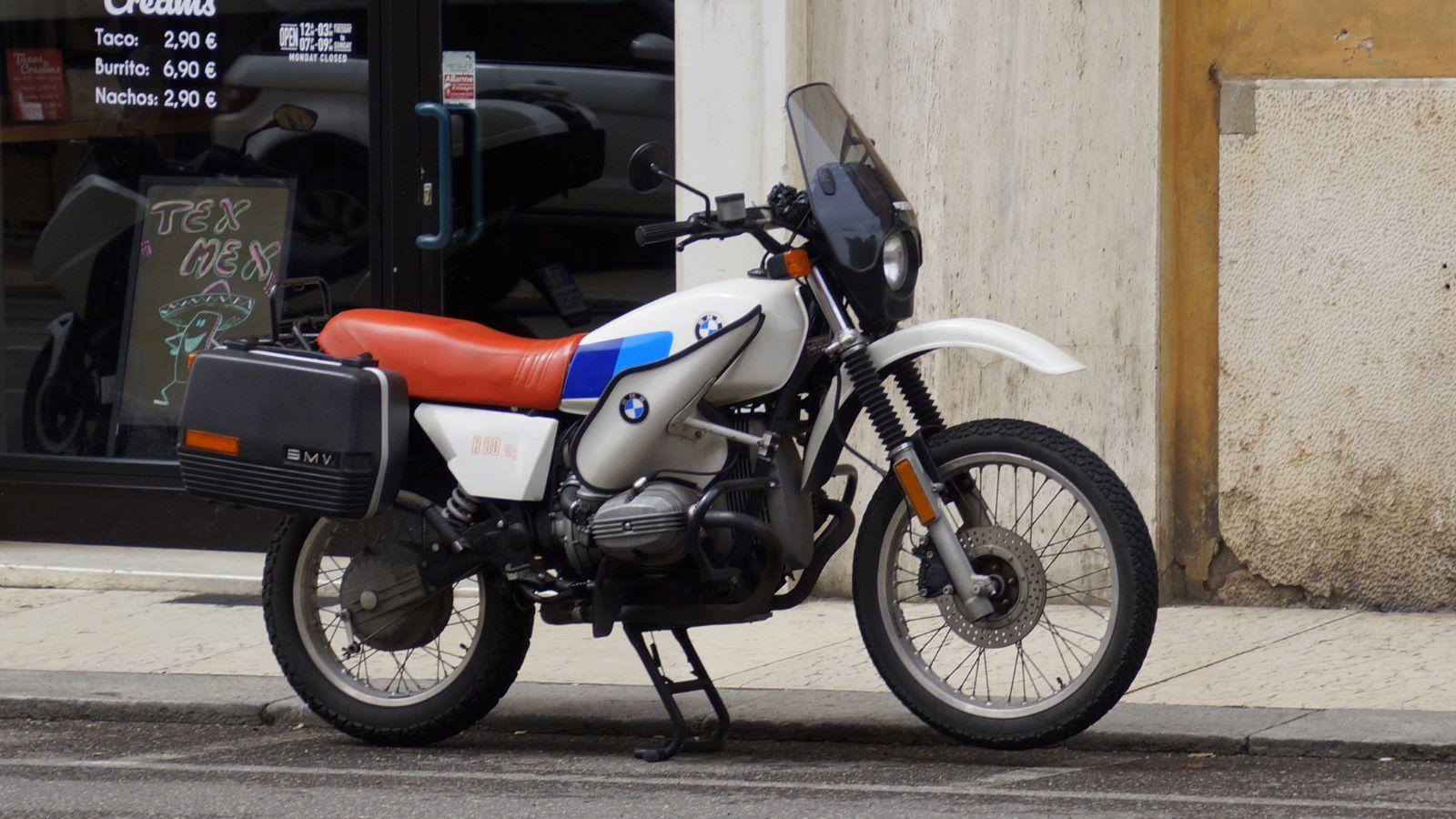
Introduced by Hans Muth, the BMW R80G/S was the first adventure bike in the market in 1980. The flat-twin engine of 797cc was developed to make long-distance riding easy. This motorcycle set the benchmark for the adventure touring category. It has a 0 to 60 mph time of 7.8 seconds, a good enough speed for an adventure bike.
Kawasaki Z1 (1972)
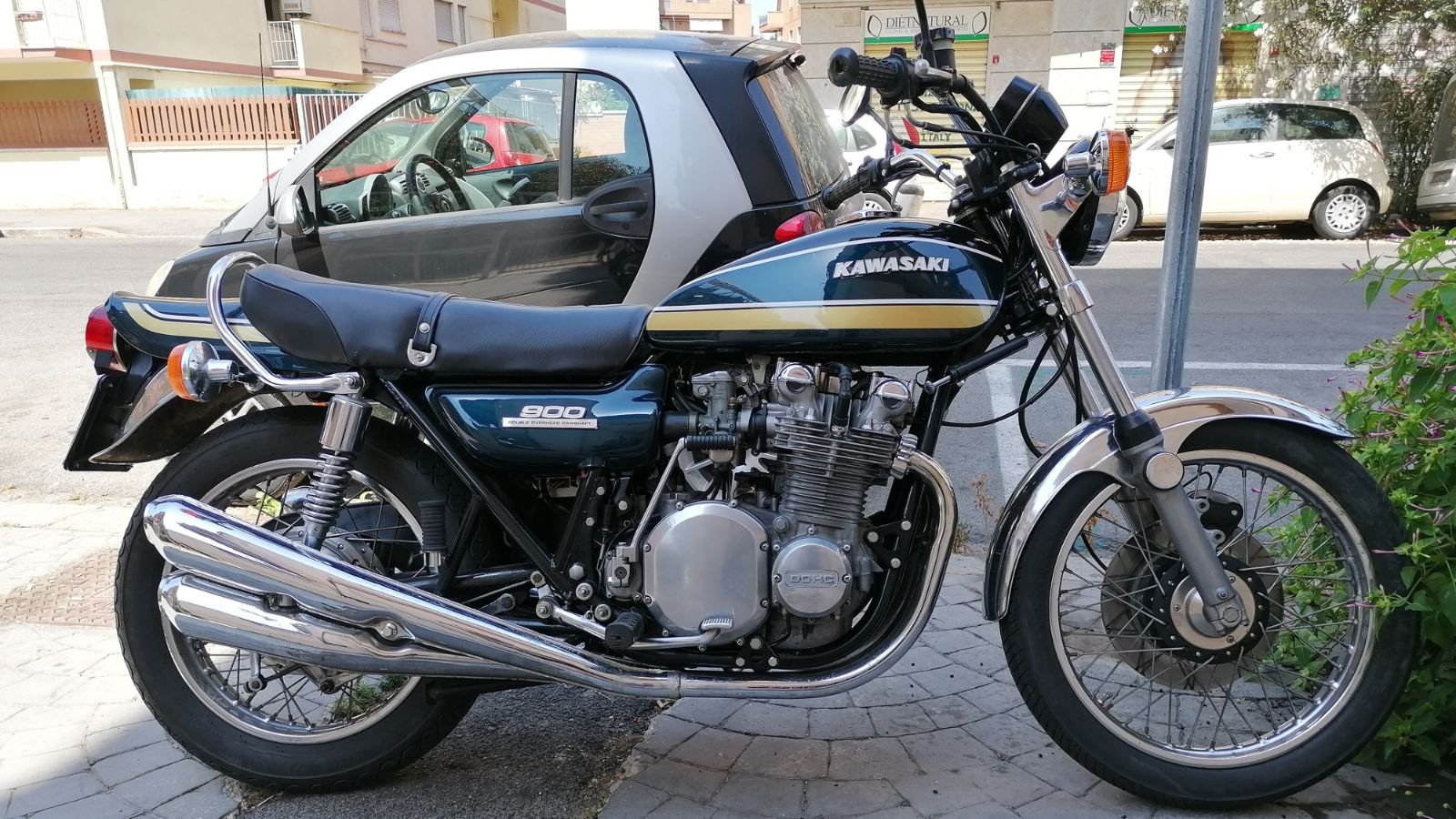
The Kawasaki Z1, designed by Gyoichi “Ben” Inamura and launched in 1972, was a revolutionary superbike. The 903cc inline-four engine was unmatched for its power and reliability. Its bold, muscular design, long fuel tank, and chrome accents made it an instant head-turner. The Z1 took 5.8 seconds to reach 0 to 60 mph, making it the gold standard for high-performance motorcycles.
Yamaha XT500 (1976)
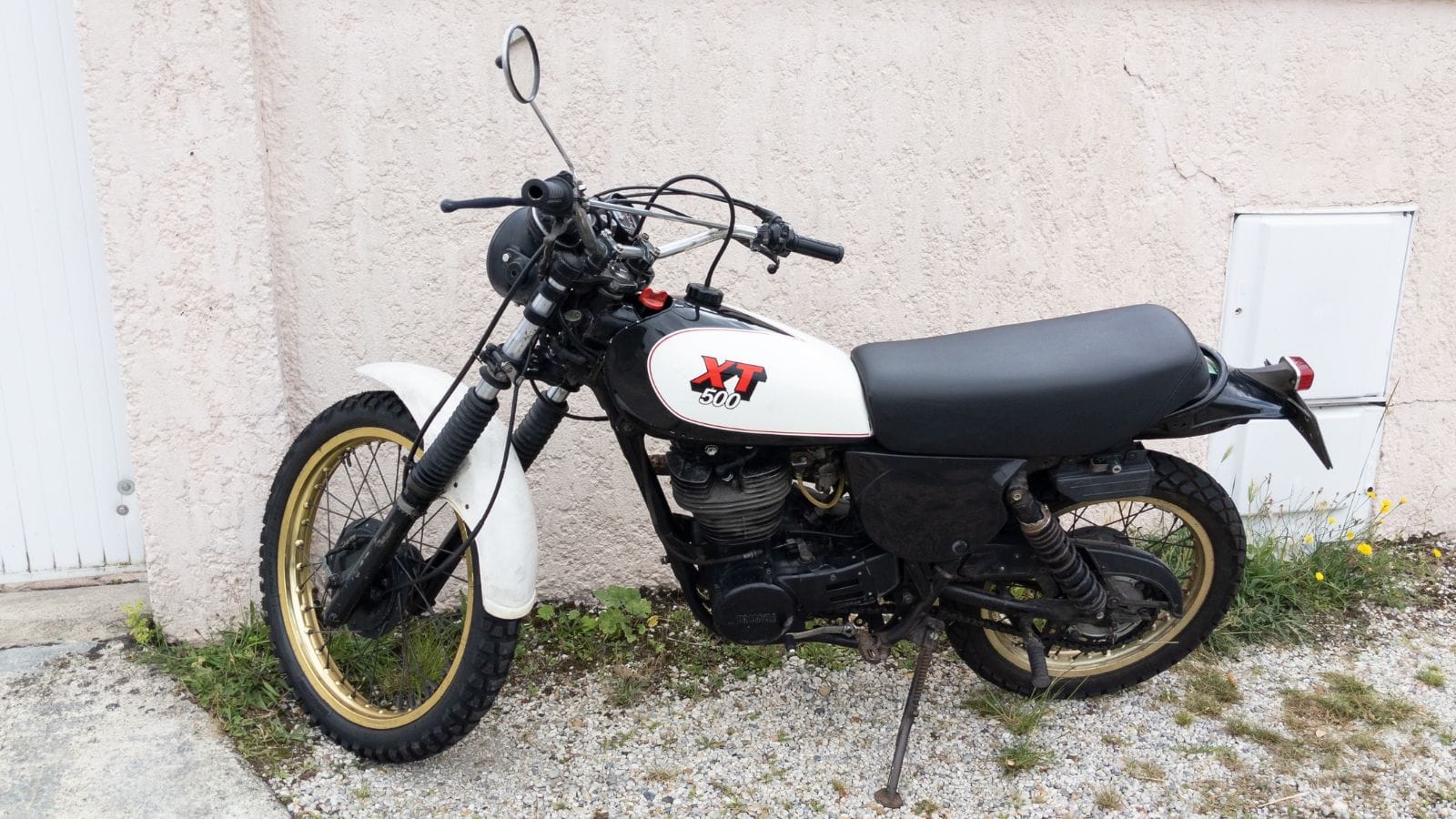
The product of an engineer, the Yamaha XT500, was developed in 1976 by Shiro Nakamura. The description of this dual-sport motorcycle with its 499cc single-cylinder engine is reliable and straightforward. Its rugged look, high fenders, and knobby tires make it an off-road. It was known for conquering the infamous Paris-Dakar Rally, solidifying its legacy. It achieves 0 to 60 mph within 7.5 seconds.
Moto Guzzi Le Mans (1976)
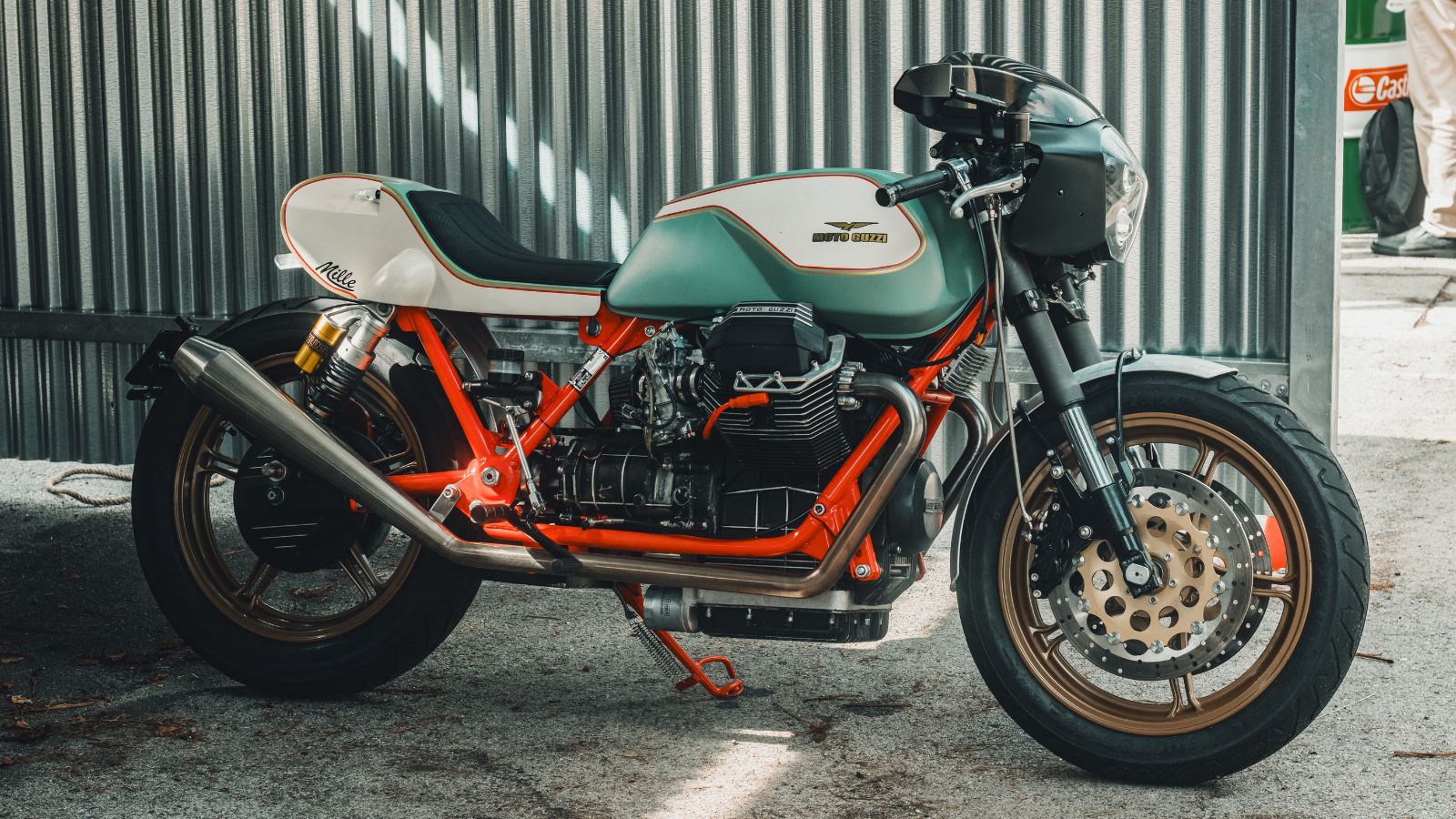
The Moto Guzzi Le Mans, designed by Lino Tonti and launched in 1976, was an Italian masterpiece. With robust and typical Moto Guzzi reliability, the 844cc V-twin engine made the bike look seriously nimble. This bike could accelerate from 0 to 60 mph in a mere 6.3 seconds. The shaft drive system ensured the power delivery was as smooth as possible.
Suzuki GSX1100E (1980)
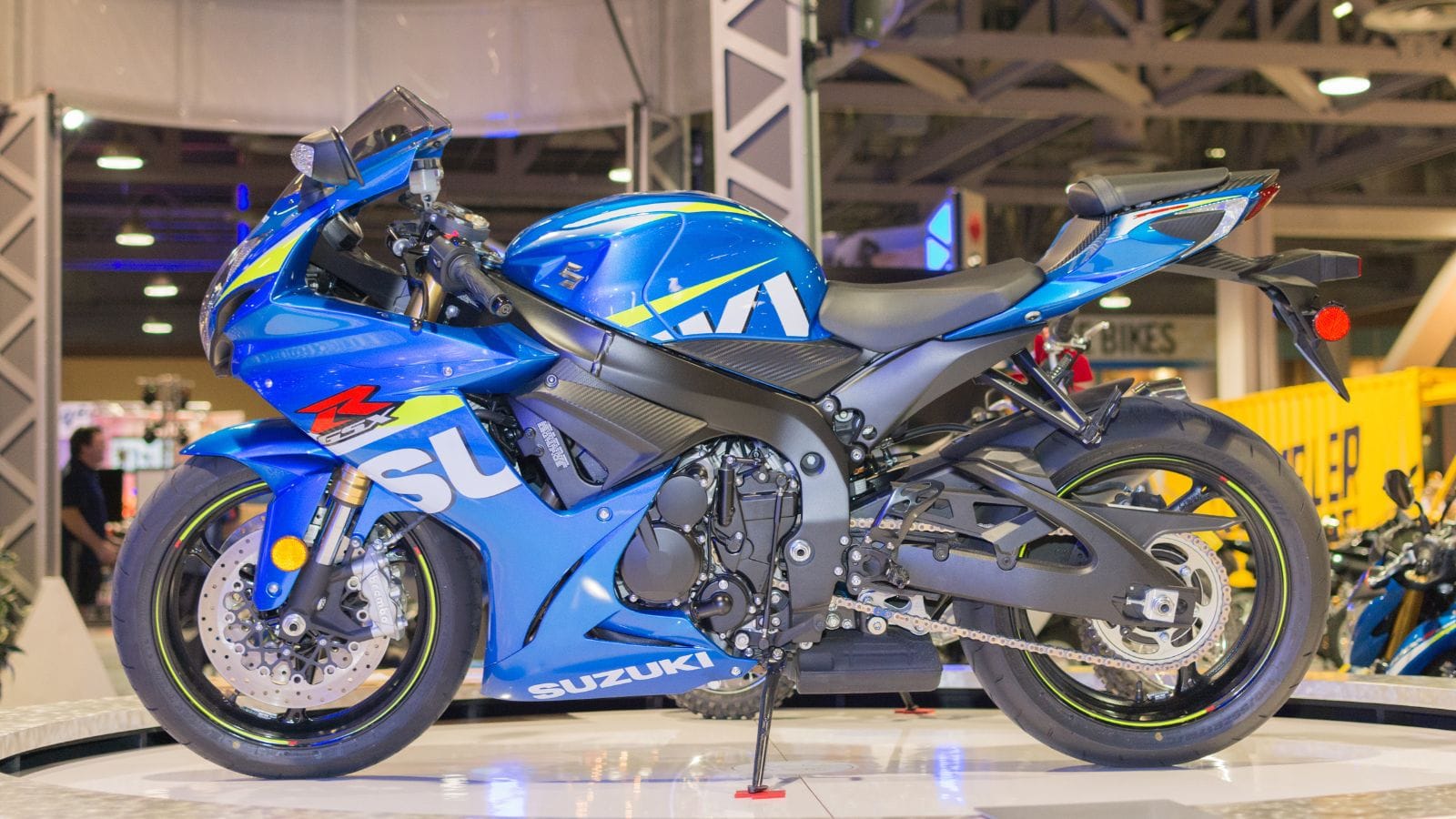
Mitsuo Ito designed this in 1980. Its technical advancement was the 1074cc inline-four engine, cooled by air/oil. The GSX1100E had a sleek, aggressive design with clean lines and presence. Its 4.6 seconds from 0 to 60 mph made it one of the fastest bikes of its time and a testament to Suzuki’s engineering genius.
Honda Gold Wing GL1000 (1974)
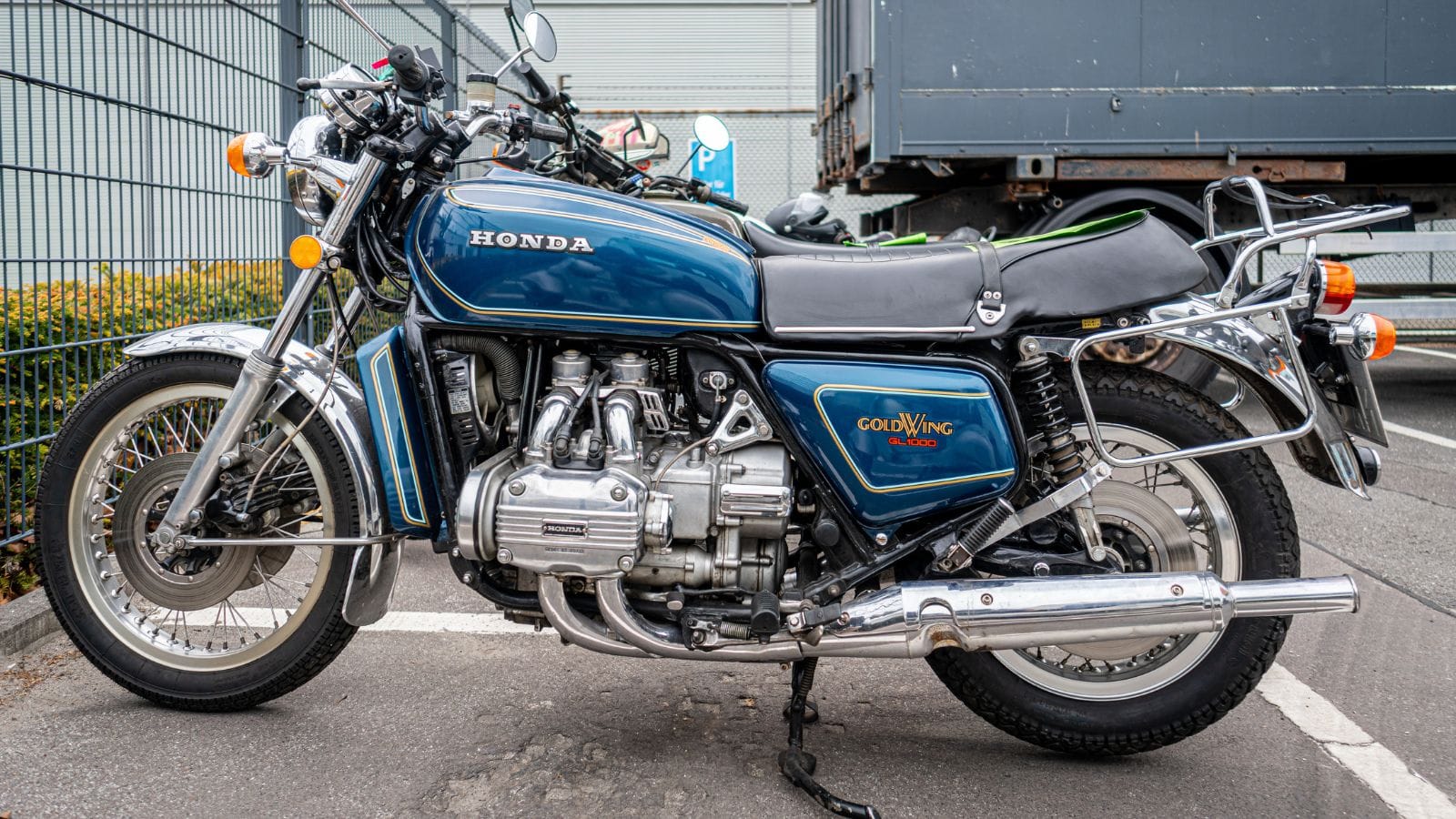
When introduced in 1974, the Honda Gold Wing GL1000, by Shoichiro Irimajiri, was the gold standard in touring motorcycles. The 999cc flat-four engine provided silky and reliable power for long-distance cruises. A wide seat, spacious saddlebags, and large windshield emphasized comfort in the Gold Wing’s luxury design. It blended comfort and performance with a 0 to 60 mph time of 7 seconds.
Harley-Davidson Sportster (1957)
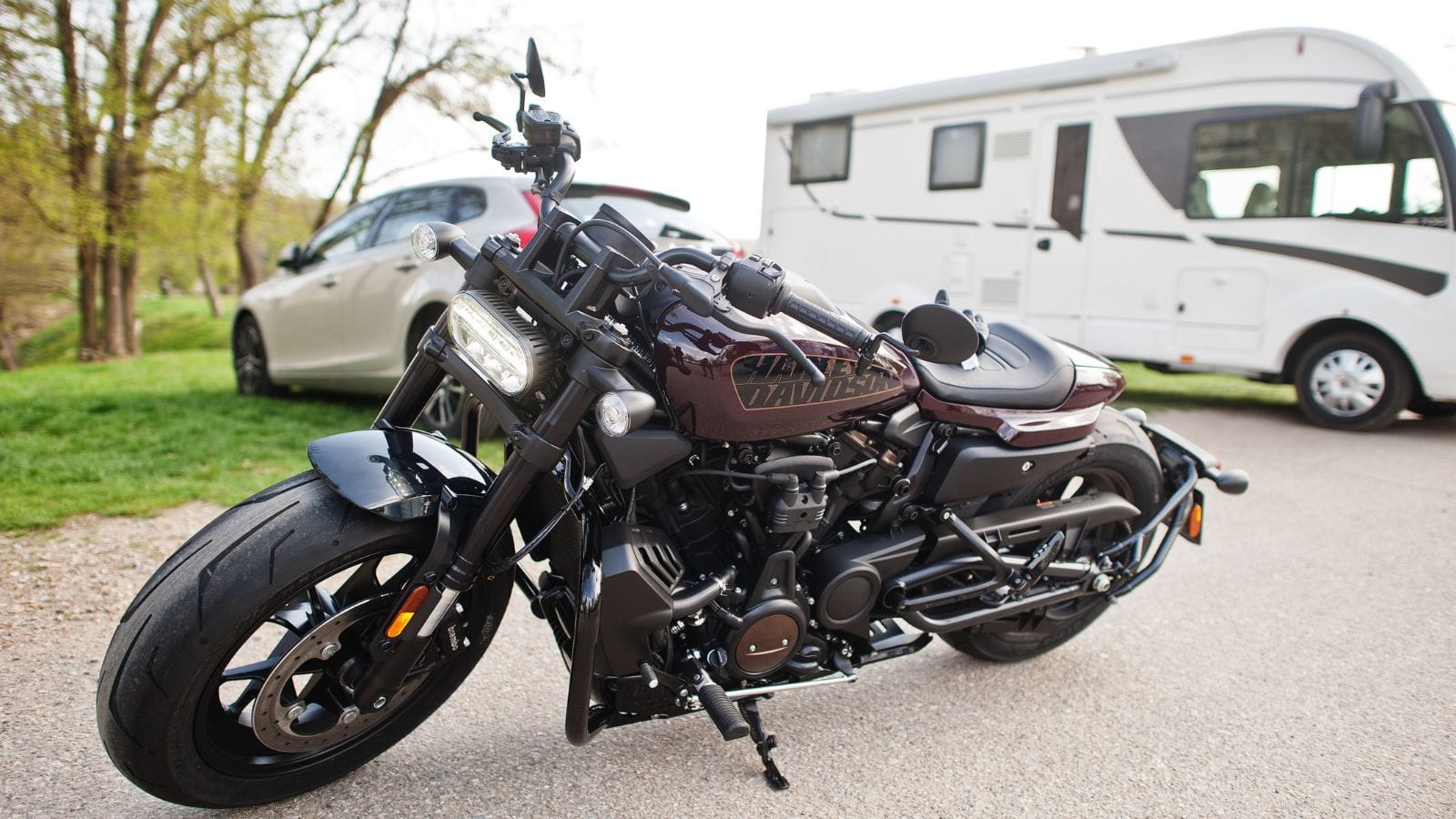
The first Harley-Davidson Sportster was introduced in 1957 and is one of the longest-lived motorcycles. Harley’s in-house design team developed it, and the 883cc V-twin engine quickly became synonymous with raw power and dependability. This peanut-shaped tank, chrome-laden touches, and minimalist, muscle-bound lines never felt dated. With a 0 to 60 mph time of around 9 seconds, it balanced performance and iconic style.
Triumph Bonneville (1959)
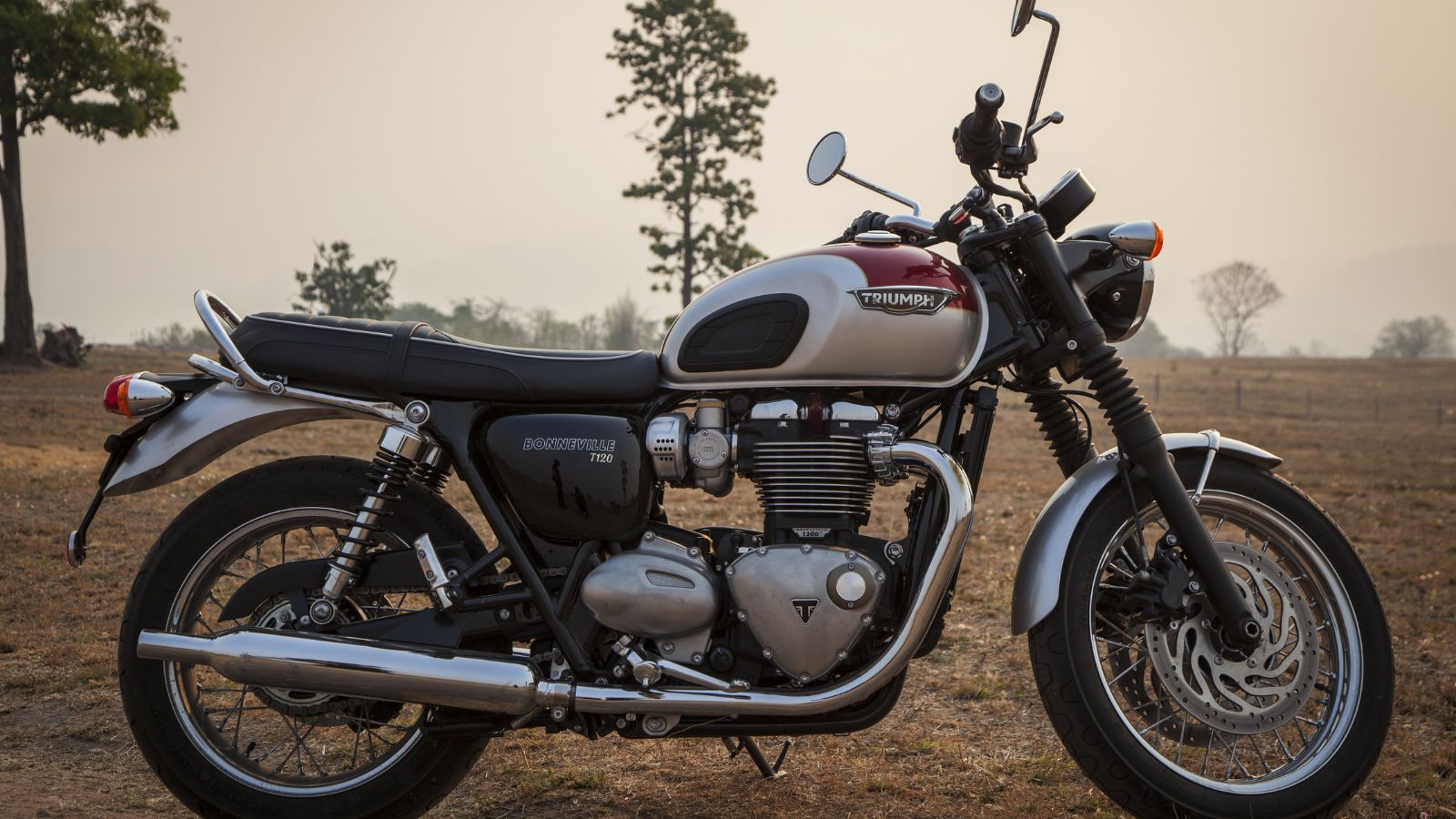
Edward Turner introduced the Triumph Bonneville in 1959. The motorcycle is the epitome of classic British fine craftsmanship. Its parallel-twin 650cc engine made it smooth, and its sound was highly distinctive. The retro look, with its chrome-plated details and a two-tone fuel tank, made it the iconic bike of the ’60s. Its 0 to 60 mph time was 7.5 seconds.
Ducati Monster 900 (1993)
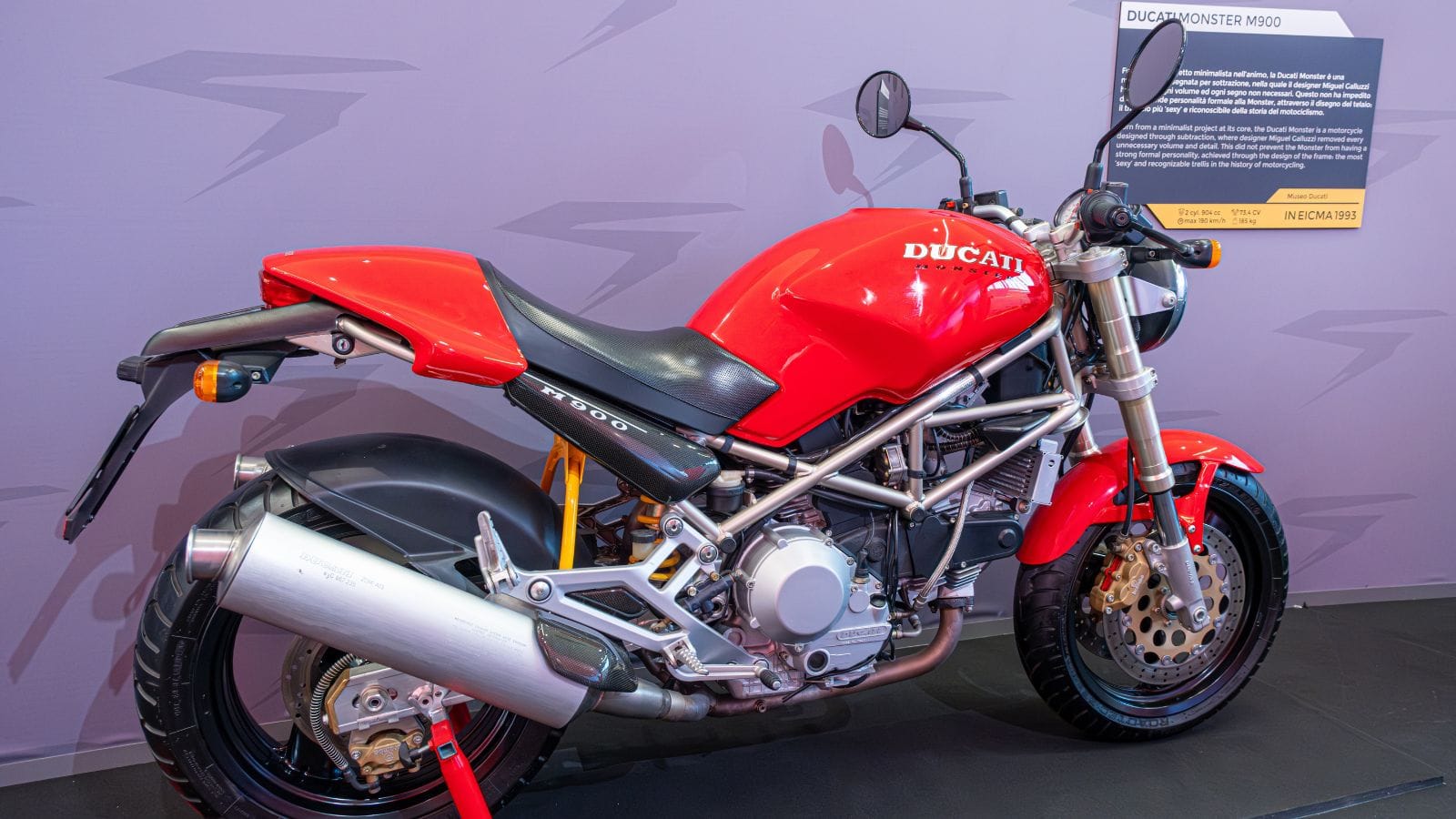
Designed by Miguel Galluzzi, the Ducati Monster 900 was launched in 1993 and became a new kind of naked bike. This 904cc L-twin engine provided excellent torque and reliability. Its stripped-back design, trellis frame, and exposed engine left nothing to hide. It was an absolute powerhouse, with 0 to 60 mph taking only 4.2 seconds.
Kawasaki Ninja H2 (2015)
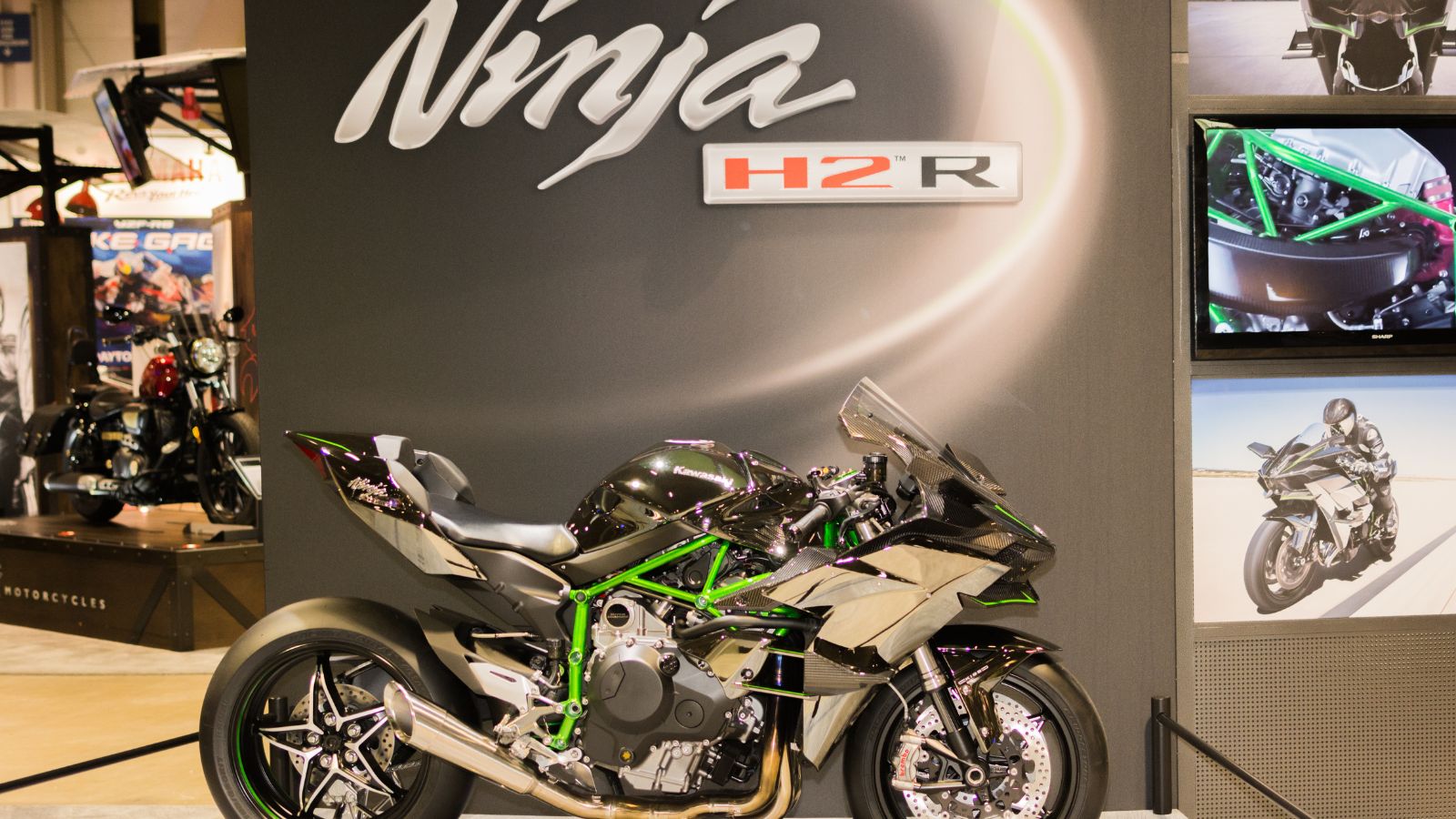
This beast of modern engineering came out in 2015. It has a mighty 998cc supercharged inline-four engine. Designed in futuristic styles with a sharp-edged metallic dark finish, it goes from 0 to 60mph in 2.6 seconds. It is truly a modern marvel.
18 Budget-Friendly Electric Cars That Last Longer Than Their Loans — Economical Electrics
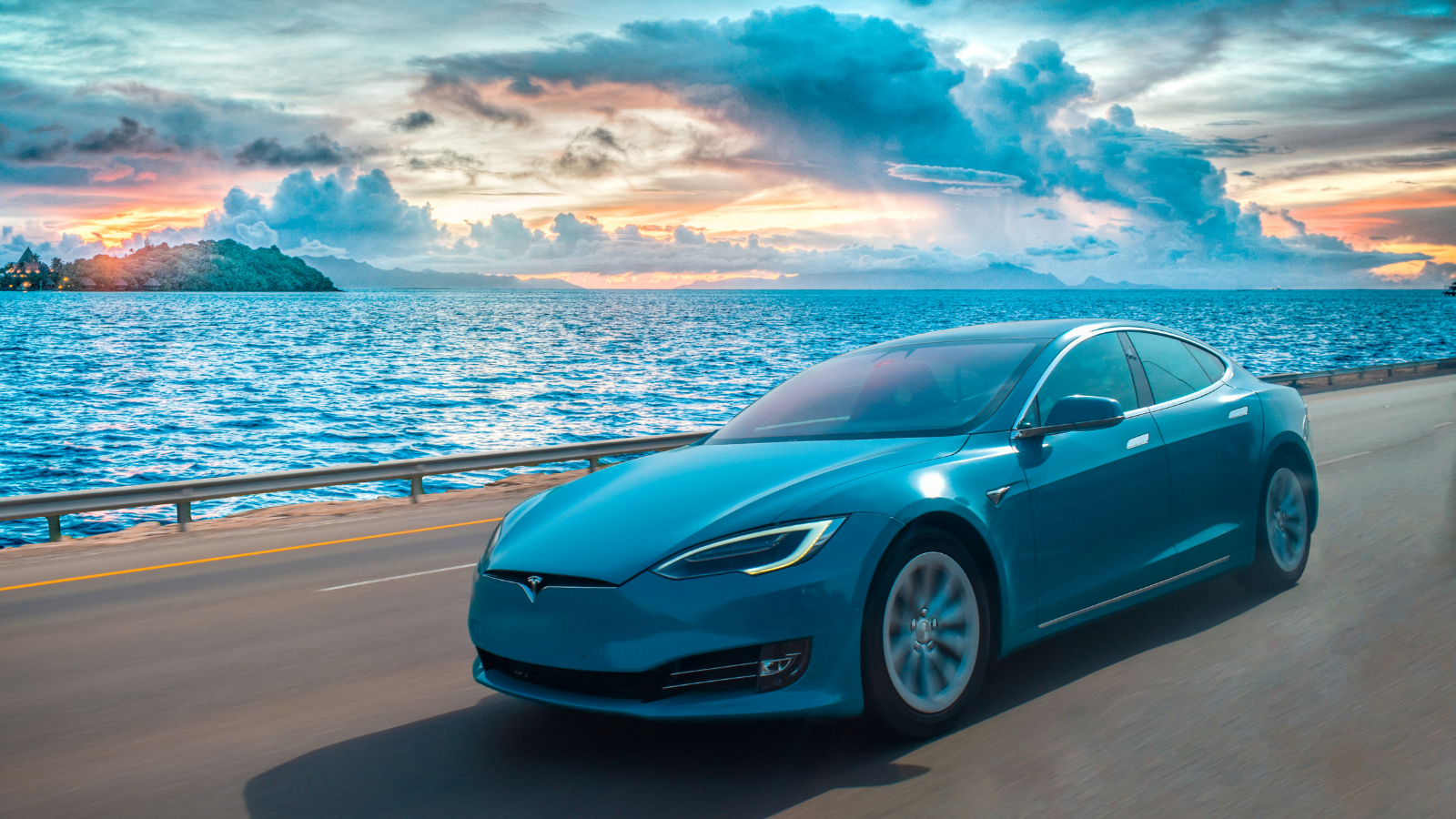
Electric vehicles are no longer a luxury for the elite—they’re a smart investment for the everyday driver. With manufacturers stepping up to the plate, affordable EVs now deliver on reliability, range, and modern comforts. Here’s a look at 18 economical electric cars engineered to outlast their payment plans.
18 Budget-Friendly Electric Cars That Last Longer Than Their Loans — Economical Electrics
